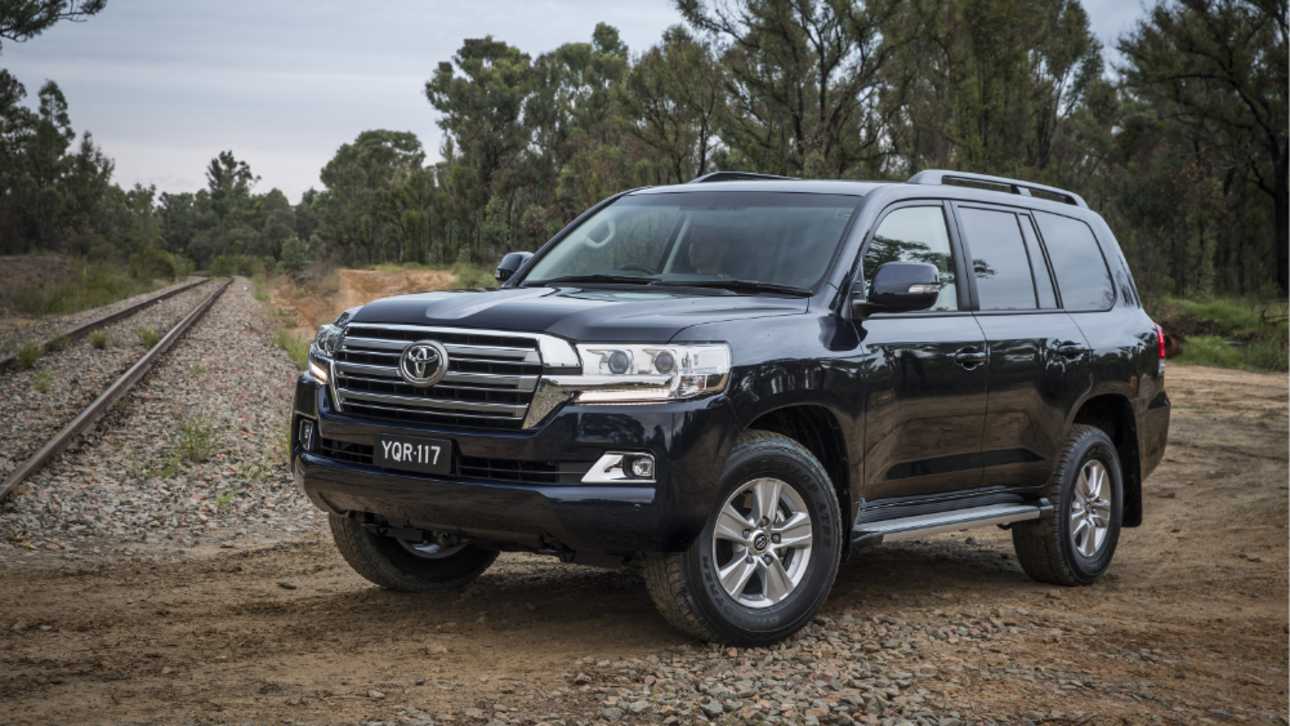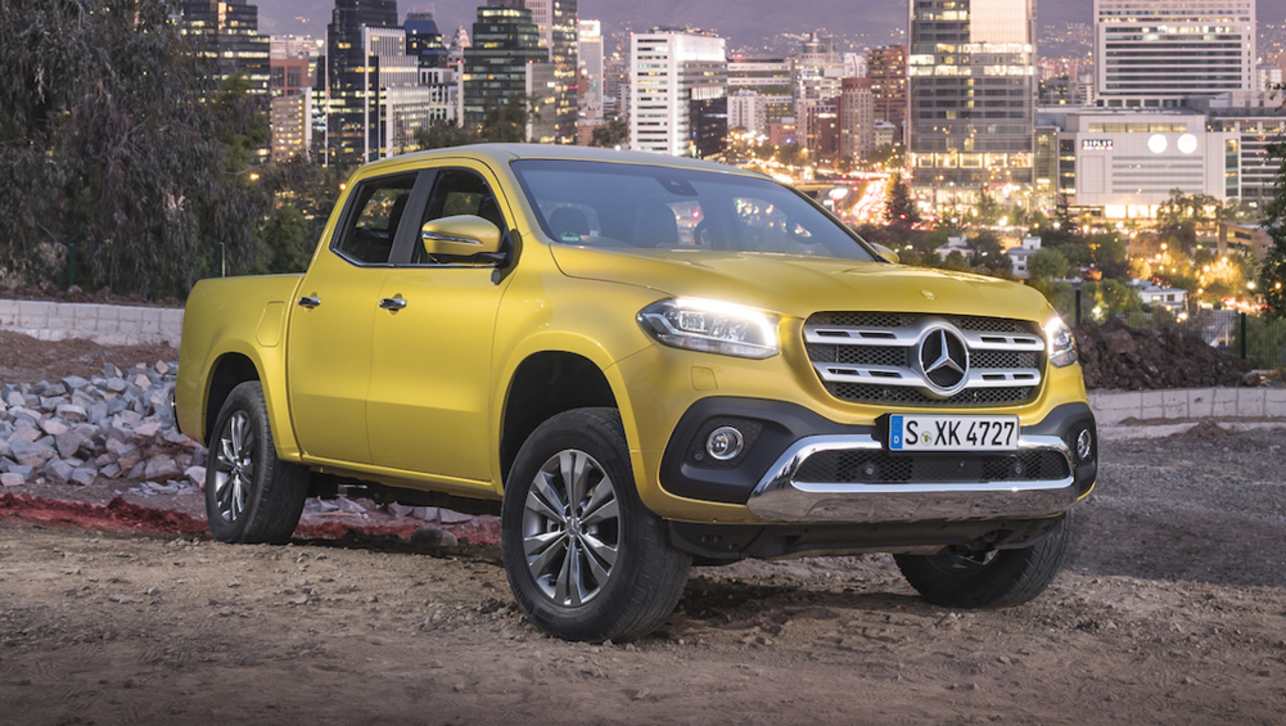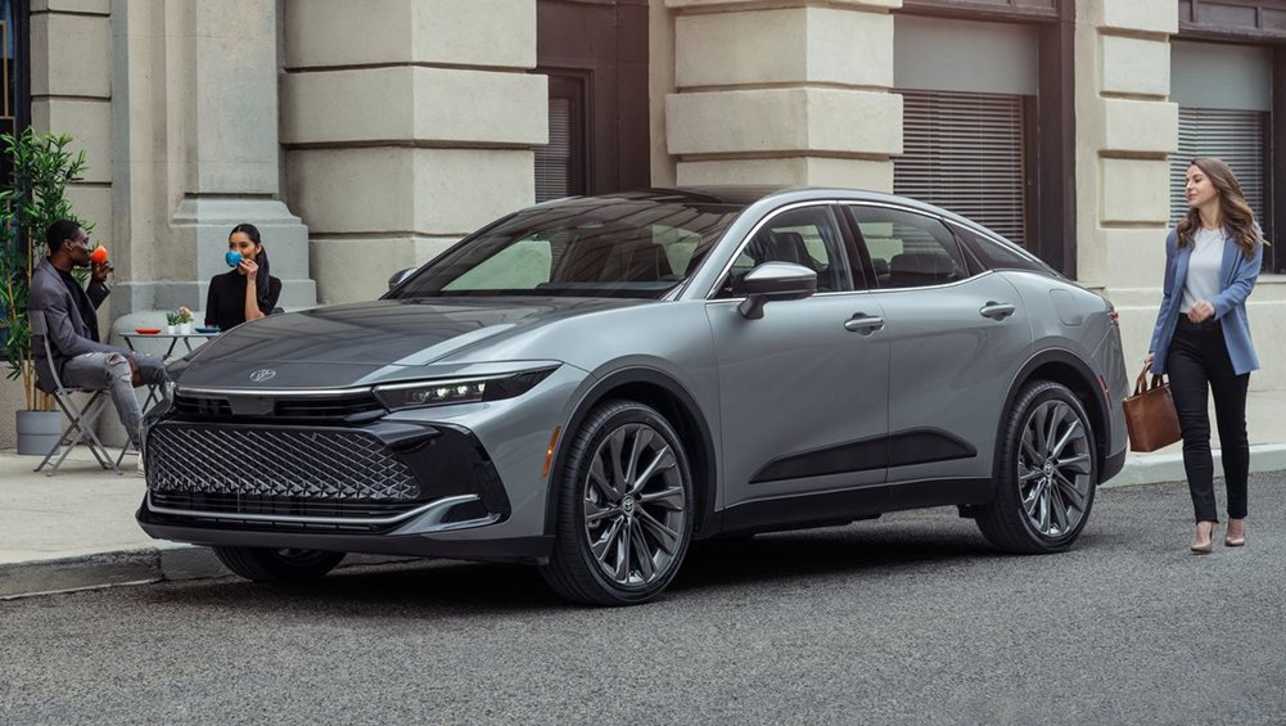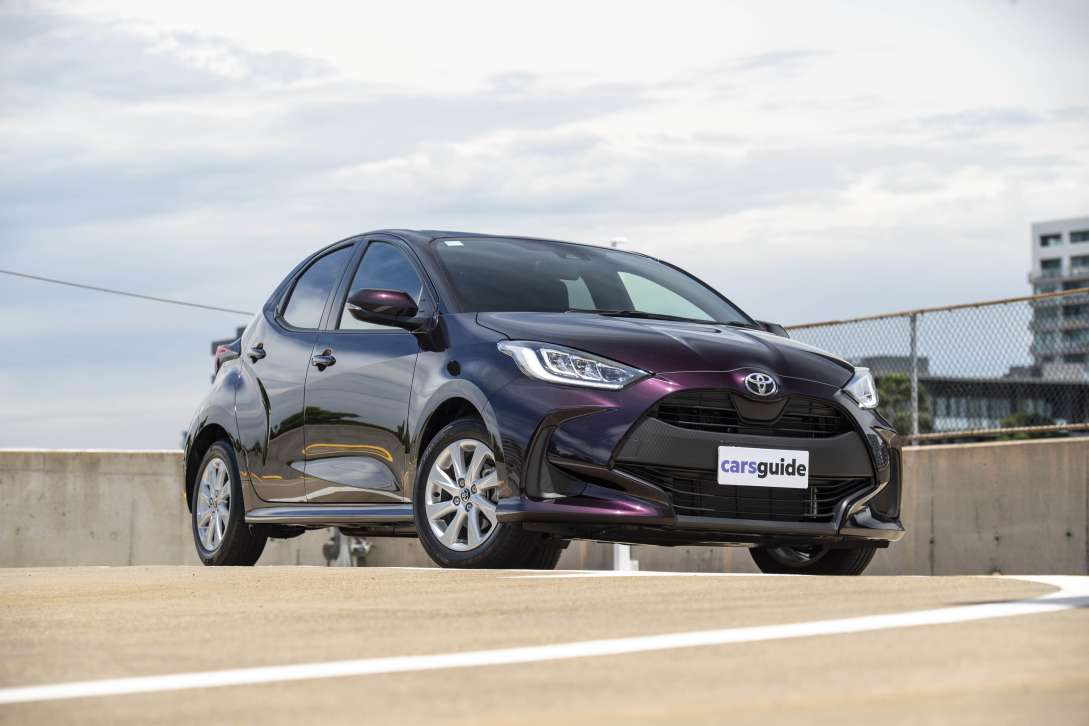The new year has really only just begun, but already our list of dearly departed cars is growing longer, with the Mercedes-Benz X-Class joining cars like the Commodore and Accent in the new-car graveyard.
Well, the Nissan Navara-based X-Class is not entirely dead yet, but the little beeps on its life-support machine are getting longer and slower as the clock ticks down to May, when Benz has confirmed the premium ute experiment will be officially axed worldwide.
So with that, we add the X-Class to our list of vehicles that have met their demise over the past 12 months or so.
Join us as we take another stroll through Australia's new-car graveyard.
1. Mercedes-Benz X-Class

Just about the worst-kept secret in automotive, the death of the X-Class has at last been confirmed by Mercedes-Benz, with the brand confirming in a statement: “Now it has been decided that from the end of May, 2020, we will no longer produce this relatively young model.”
It's not difficult to see why, to be fair. The brand shifted just 15,300 examples of its X-Class around the world in 2019. To put that into perspective, the car the X-Class is based on, the Nissan Navara, managed 231,435 sales worldwide in 2018.
2. Hyundai Accent
.jpg)
The arrival of the Venue marked a significant moment for Hyundai, with the once (but a long time ago) cheap and cheerful Korean brand ditching its price-led Accent in favour of the significantly more expensive SUV.
The Accent could often be had for just $15k (and often drive-away). The Venue, on the other hand, starts at almost $20k. The truth is that Hyundai could sell a lot of Accents, but it couldn’t make any money off them, and so it’s been consigned to the scrap heap of history.
3. The Infiniti range

Nissan deserves a round of applause for trying to shake up the premium-car segment with the launch of the Infiniti range in 2012 (the brand’s answer to Toyota and Lexus).
But it was hard going. Cracking one of the most brand-loyal markets in automotive is no mean feat. Between January in August 2019, Infiniti shifted some 386 new registrations, a minuscule percentage of the broader market’s 723,283 units sold.
4. Holden Commodore
_2.jpg)
It has felt inevitable for some time now, but the slow-selling Holden Commodore was finally axed from the brand’s Australian lineup in 2010.
The decision spelled the end for one of Australia's most iconic nameplates, and one attached to Holden's most popular - and most Australian-focused - model since 1978. It also came two years after Holden's local manufacturing business, based South Australia, ground to a halt.
5. Holden Astra
.jpg)
It might have been a less famous casualty of Holden’s decision to scrap the Commodore, but the humble Astra will be equally fondly remembered by legions of young Australians who spent years with an L or P plate attached to the back of one.
Still, the Astra has gone the way of the Commodore, which itself has gone the way of the dodo.
6. Kia Soul
.jpg)
Ask the motoring journalist community and they’ll tell you the Kia Soul was perfectly named; a fun and funky small SUV that served up plenty of its namesake.
The problem? The buying public didn’t agree, and so in a broad cleanup of its lineup (that included the Rondo and the Optima), the brand’s unique SUV is no longer. A Soul lost to Australia.
7. Petrol-powered Toyota LandCruiser

Last year also marked the end of the road for one of Toyota's most iconic car-engine combinations, with the 200 Series LandCruiser’s 4.6-litre V8 to be permanently scrapped.
Toyota’s giant donk produced 227kW at 5500rpm and 439Nm at 3400rpm, but no longer. Its popularity, or lack of it, was the culprit - with petrol making up just five per cent of LandCruiser sales in Australia.
8. Toyota Tarago
.jpg)
It was arguably responsible for shuttling more large families across Australia than any other vehicle, so we were sorry to hear that Toyota axed its iconic Tarago people-mover in 2019.
It’s been replaced by the all-new Granvia, an eight-seat HiAce-based van designed to up the technology and luxury compared the ageing Tarago.
9. Toyota Yaris Sedan
.jpg)
The new Yaris revealed at the Tokyo Motor Show last year ushered in a heap of changes for Toyota’s city car, but chief among them was the ditching of the sedan body style in favour of a hatchback-only lineup.
Still, we know now the Yaris will be followed to Australia by the fire-breathing GR hot hatch version, which seems like a worthy trade-off.
10. Mitsubishi Lancer

It seemed as hard to kill as a vampire crossed with Highlander (the movie, not the car), but the venerable Lancer finally met its match in 2019, with Mitsubishi confirming the age-old nameplate is essentially dead.
Dealerships might still be possession of limited stock, but once they’re gone, they’re gone for good, with Mitsubishi pivoting to an SUV and ute brand, rather than one that deals in passenger cars.
11. Honda City
.jpg)
A new Honda City was revealed in Thailand last year, but we won’t be getting it, with Honda here describing the small sedan segment as “dying”.
Doesn’t get much clearer than that, folks. The Honda City is no more in Australia.






.jpg)
.jpg)

.jpg)





.jpg)
.jpg)
_0.jpg)
.jpg)

.jpg)
.jpg)

.jpg)

_0_0.jpg)




Comments